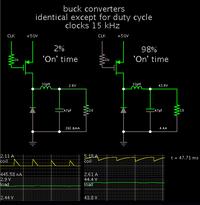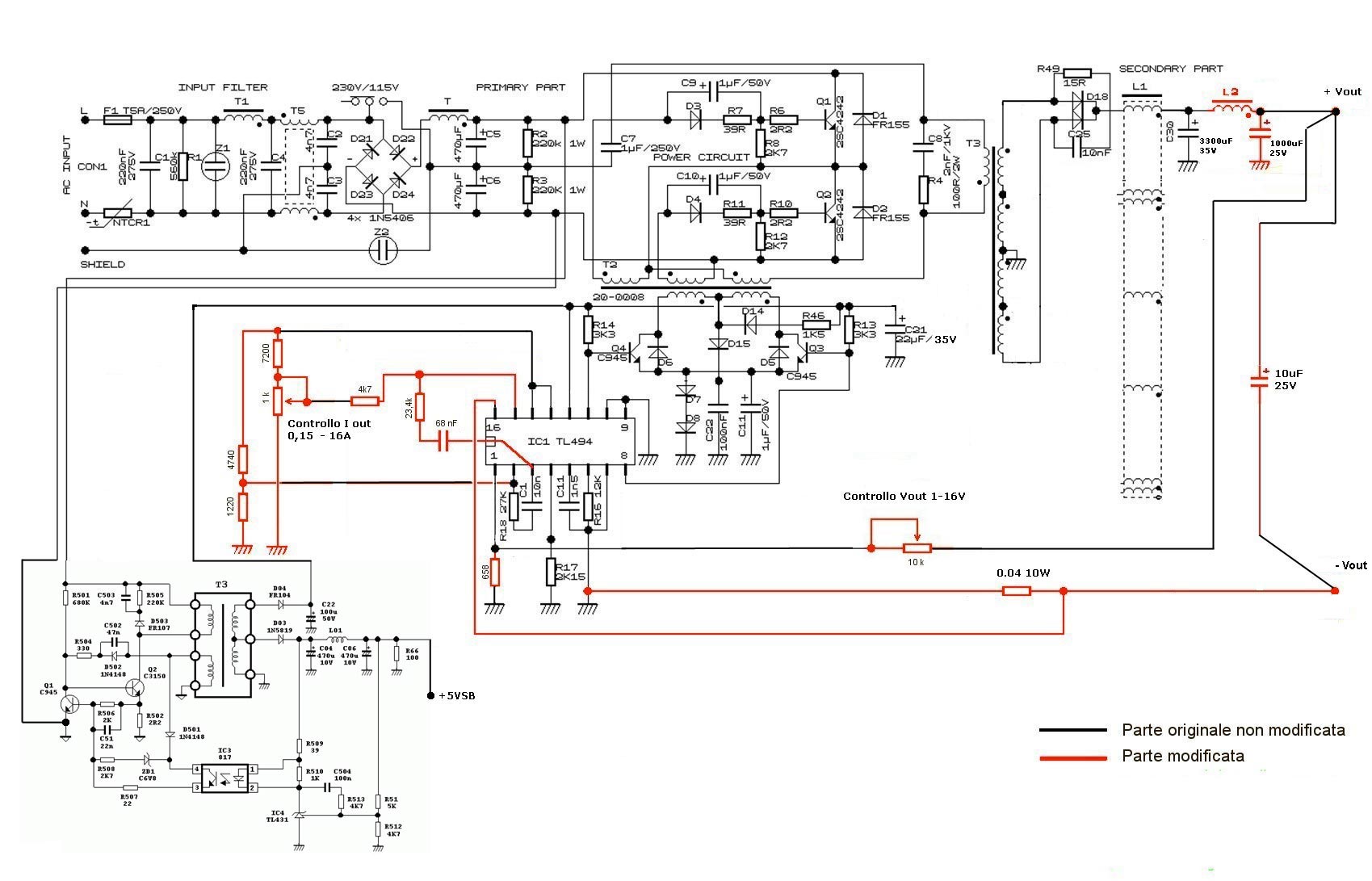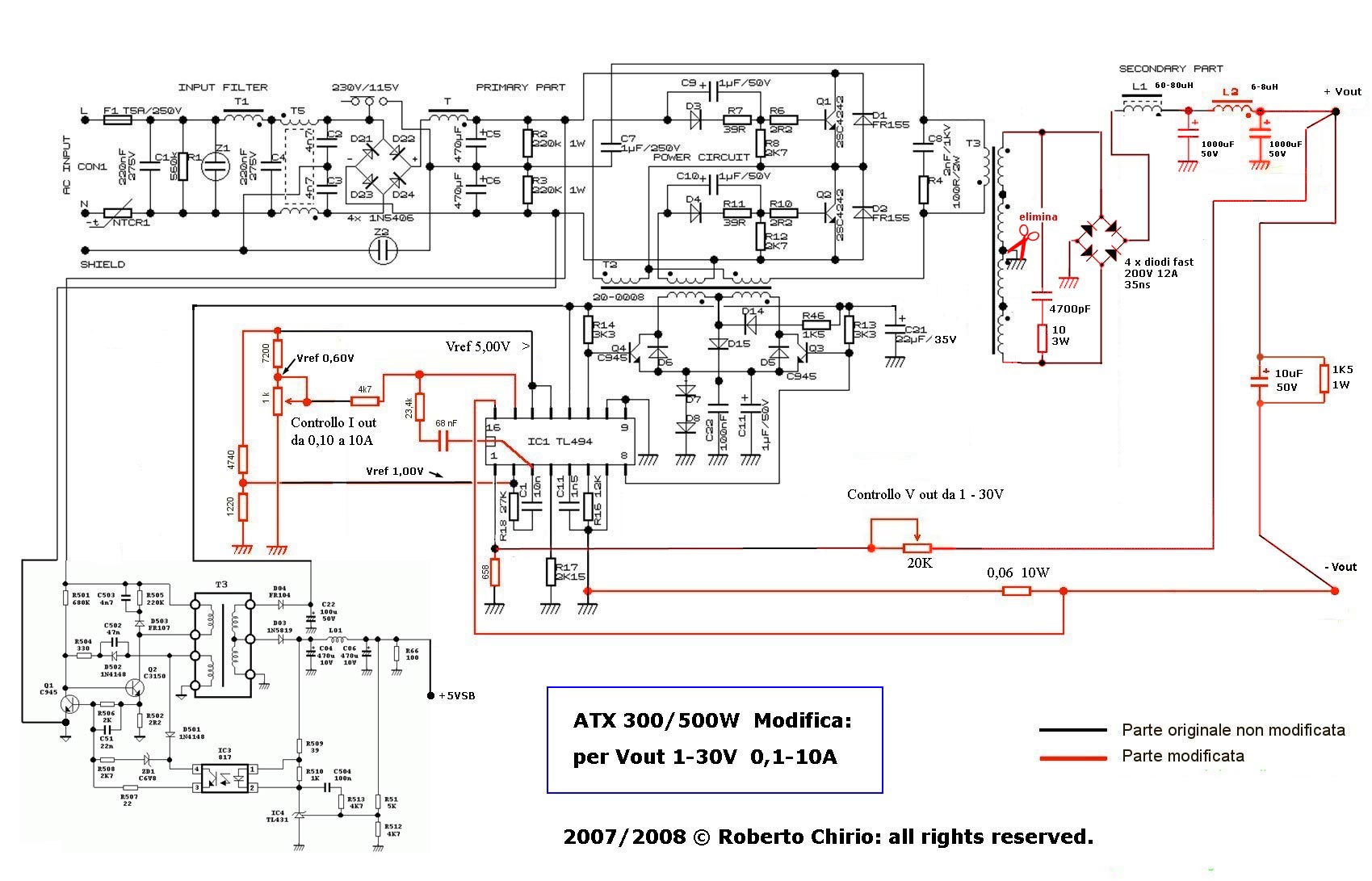RCAnderson
Newbie level 3

Basically, I felt like making myself a little desk PSU.
I wish to design something that is capable of putting out probably 20A+ at a range of DC voltages, varying from 0-50V (From a 12VDC supply)
Only issue, is that I've never done anything with SMPSUs, so I don't really know where to start. I know there are ICs that are meant to control everything, and all that's needed are a few MOSFETs, caps, inductors & resistors, however I don't know which ICs are good, or even how your meant to wire them up.
Any help you can give would be good, anything from an intro into SMPSUs, to a step by step guide of how to make one that will do what I want (Including exact components)
So, can anyone help me?
I wish to design something that is capable of putting out probably 20A+ at a range of DC voltages, varying from 0-50V (From a 12VDC supply)
Only issue, is that I've never done anything with SMPSUs, so I don't really know where to start. I know there are ICs that are meant to control everything, and all that's needed are a few MOSFETs, caps, inductors & resistors, however I don't know which ICs are good, or even how your meant to wire them up.
Any help you can give would be good, anything from an intro into SMPSUs, to a step by step guide of how to make one that will do what I want (Including exact components)
So, can anyone help me?













